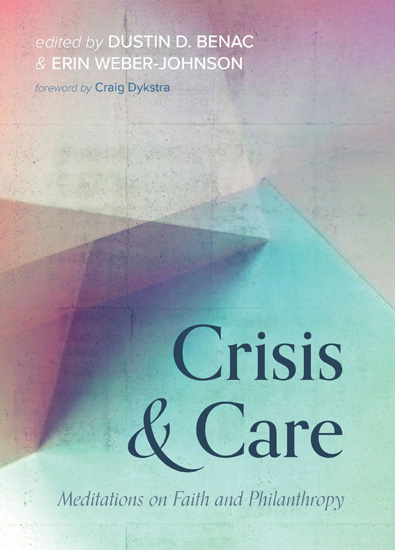Young donors are much more interested in giving to causes than to institutions, according to a recent study by the Johnson Center for Philanthropy at Grand Valley State University. Specifically, affluent young people were more likely to give to civil rights and environmental movements and less supportive of religious groups, the arts or healthcare, the kinds of charitable institutions their parents and grandparents have supported generously across the years.
The implications of this trend for leaders of Christian institutions seem to justify continued anxiety about a future marked by anemic charitable giving. The study was not all bad news, though; in fact, it also revealed four trends leaders need to note now to reach younger donors.
First, young donors are values-driven. Emerging philanthropists appear to be motivated by a commitment to their communities and by compassion for those historically on the margins. This means that institutions that embody a warm-hearted Christian theology and are actively changing communities are better positioned to attract younger donors than those that appear cold, dogmatic or bureaucratic.
Second, young donors value impact over rhetoric -- they are looking for results. They have judged previous generations to be largely motivated by recognition for their giving and want little part of it. They want to see societal change through the causes they support; they could care less about the named scholarship fund or the plaque on the wall. Christian institutions making appeals to younger donors need to show how their work is part of the unfolding shalom of God for all of creation.
Next, young donors want to take the deep dive. For the causes that they do support, the next generation is not content to remain on the sidelines. Relegating a younger donor to service on a board of visitors or committee -- and that’s how they see it, as relegating them -- will ultimately be off-putting. Instead, young donors want to be engaged in the work of a cause or institution itself. As the study notes, this is a generation that grew up volunteering and believes that investing time as much as money is essential. But note -- this on-the-ground service is also another way that they will assess impact over rhetoric.
Finally, these young donors are still developing their identity in the charitable world. Many of these young donors are the heirs of great benefactors, and they have learned a tremendous amount from their forebears. They are, however, seeking to define their own identity and create their own legacy even now while they are still in their 20s and 30s. They are networking with peers and learning from friends what is and what is not working. An institution that can help a new donor see how giving can shape an identity will be well-positioned to reach this next generation.
On first pass, the study seems to be another sour note for institutional leaders. The whole study, though, seems to give leaders some hope -- and some homework -- for reaching the next generation of philanthropists.








